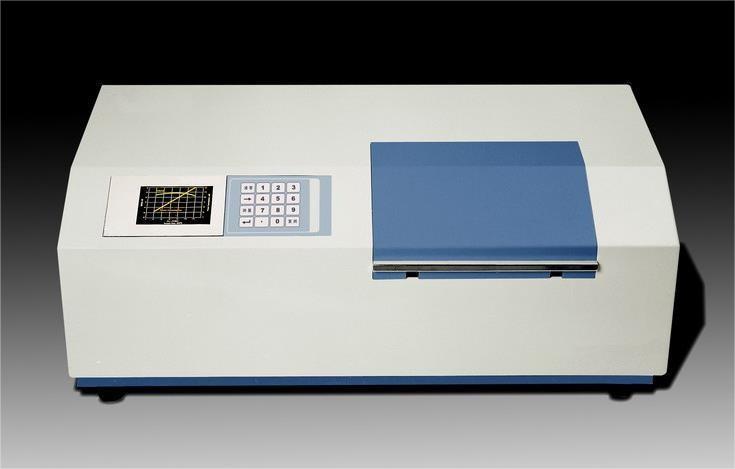A Comprehensive Guide to Knowing Polarimetry
Polarimetry, a technique measuring the rotation of polarized light passing through a sample, finds applications across diverse industries. This article delves into the principles governing polarimetry, its widespread applications, and the dynamic trends shaping the industry.

Principles of Polarimetry:
Polarimetry operates on optical principles and the interaction between light and matter. A typical polarimeter comprises a light source, polarizer, sample holder, and analyzer. The polarizer and analyzer, perpendicular to each other, sandwich the sample. As polarized light traverses the sample, its plane of polarization undergoes rotation, the extent of which is proportional to the substance concentration and sample holder length.
Applications of Polarimetry:
Polarimetry serves various purposes across different fields:
Chemical Analysis and Quality Control:
Measures optical rotation of chiral molecules for pharmaceutical and agrochemical development.
Determines enantiomeric purity crucial for product quality.
Pharmaceutical Industry:
Assesses optical rotation of drug molecules for quality control.
Measures enantiomeric purity, vital for chiral drug development.
Sugar Industry:
Measures sugar content in fruit juices for quality control and desired sweetness.
Food and Beverage Industry:
Conducts quality control and authenticity testing for products like honey, wine, and fruit juices.
Identifies adulteration or dilution with water.
Biomedical Research:
Studies biomolecule structure and properties, aiding drug discovery.
Examines protein folding and conformational changes for understanding functionality.
Tips for Using a Polarimeter:
To ensure accurate results, follow these tips:
Regular calibration for precision.
Careful sample preparation to eliminate impurities.
Diligent data analysis, considering factors like solvent effects and instrument drift.
Polarimetry and the Industry Trends:
Industry trends in polarimetry include:

Advances in Technology:
Ongoing advancements in automation and miniaturization enhance speed and ease of measurements.
Development of sophisticated polarimeters with heightened sensitivity and precision.
High-Throughput Screening:
Rising demand for high-throughput screening leads to polarimeters measuring multiple samples simultaneously.
Accelerates analysis and enhances laboratory efficiency.
Sustainability:
Growing emphasis on sustainability in chemical and pharmaceutical industries.
Polarimetry contributes by reducing reliance on costly and environmentally harmful separation techniques.
Measurement of enantiomeric purity aids waste reduction and process efficiency.
Automation and Data Analysis:
Increasing importance of automation and data analysis in polarimetry.
Automated sample handling boosts throughput and minimizes human error.
Advanced data analysis tools offer more accurate and reliable results.
Conclusion:
Polarimetry stands as a robust analytical technique with widespread applications. By adhering to best practices and staying abreast of evolving trends and technologies, researchers and industry professionals can unlock the full potential of polarimetry, contributing to advancements in various sectors.
- Art
- Causes
- Crafts
- Dance
- Drinks
- Film
- Fitness
- Food
- Игры
- Gardening
- Health
- Главная
- Literature
- Music
- Networking
- Другое
- Party
- Religion
- Shopping
- Sports
- Theater
- Wellness


